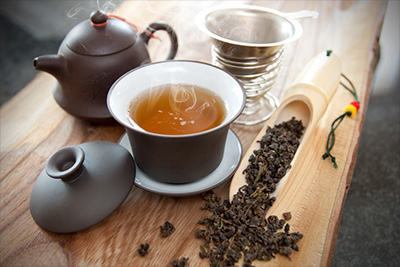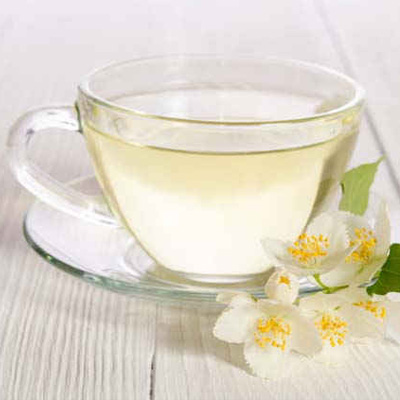Know Your Tea
TYPES OF TEA
Though tea is produced throughout the world in similar processing conditions, they differ from each other, depending on the plant variety, climate, soil conditions, method of cultivation and nature of shade. Mainly, the production process and the plant variety dictate the flavor, aroma, color and stimulant characteristics of each kind of tea.
GREEN TEA : Green tea is made by withering tea leaves – and then steaming, rolling and drying them. It undergoes minimal processing, and contains 80-90% catechins and flavonols (10% of total flavonoids). The infused leaf is green, and the liquor is mild, pale green or lemon-yellow

BLACK TEA : Black tea involves additional processing (i.e. aeration and withering). As a result, it has different levels of catechin (20–30%) and flavonoid content (theaflavins and thearubigins represent 10% and 50–60% of total flavonoids respectively)

OOLONG TEA : Oolong tea is a partially or semi-fermented tea. A full-bodied tea with a fragrant flavour and sweet fruity aroma, it has some qualities of both black tea and green tea due to its manufacturing process. It is more suitable for people who prefer a low caffeine option

WHITE TEA : White tea is appreciated by tea connoisseurs for its unmatched subtlety, complexity and natural sweetness. It is also considered to be a far greater source of antioxidants than green tea because the tea leaves undergo minimum processing.

Tea growing regions in India are widely dispersed. This brings great variety to Indian Tea.
Different Tea varieties found in India – Darjeeling Tea, Assam Tea, Dooars & Terai Tea, Kangra Tea, Neelgiris Tea, Annamalai Tea, Wayanaad Tea, Karnataka Tea, Munnar Tea & Travancore Tea.

